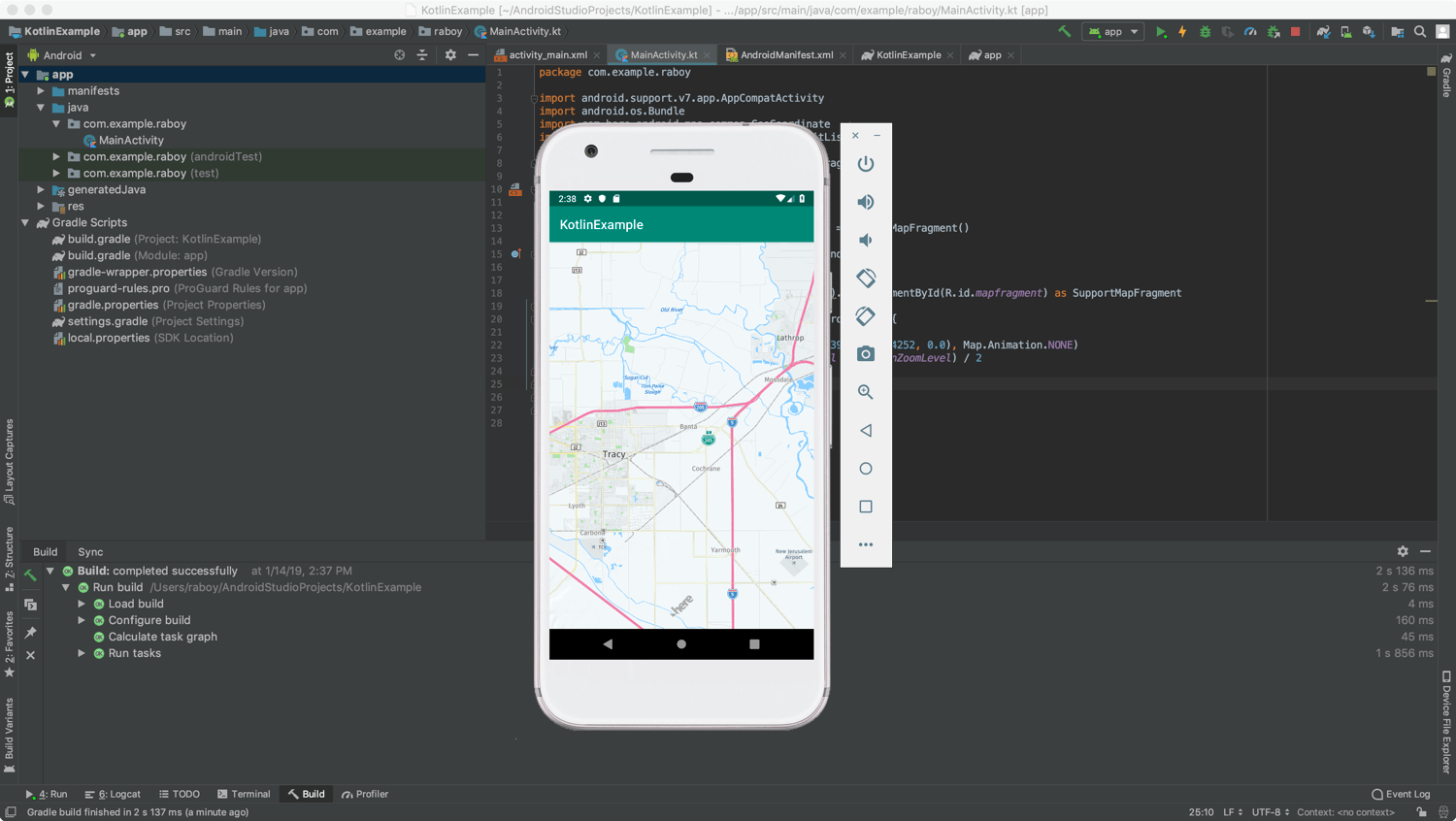

It still uses an explicit for loop but got simplified by the use of apply which allows us to initialize the map in a single statement. Let me provide you with a simplified version of our code: fun countOccurrences(values: Collection): Map = Nevertheless, it's good to know the alternatives because, in certain situations, you might opt to go with an iterative approach. Most cases can be solved much simpler using Kotlin's outstanding functional APIs which come with built-in grouping and counting functionalities. But, is it idiomatic to write code as we did in the examples above anyway? I think it depends. Let's go idiomaticĪll right, so saw that Kotlin indeed comes with means of default values in maps, which is fantastic. Since default maps want to fulfill this contract, they cannot return anything but null in the case of non-existent keys, which has been discussed in the Kotlin forum before. Returns the value corresponding to the given, or null if such a key is not present in the map. The reason for this is the contract of the Map interface, which says:

Instead, it provides a default value for unknown keys, which can be really helpful for grouping and counting algorithms like the following one: from collections import defaultdictĭata = The defaultdict can also be used with other types and makes sure that you don't get a KeyError when running your code. You can find the Python defaultdict documentation and some examples here but the basic use case is shown in the following snippet: from collections import defaultdict Kotlin also comes with a similar tool which I want to demonstrate in this little article. Have you ever used a default map or default dict before? If you know Python a bit, you probably saw its defaultdict in action at some point. In the next tutorial we will discuss about sets in Kotlin.By s1m0nw1 1 Comment Does Kotlin have a default Map? In this tutorial we discussed about immutable and mutable maps, their creation using mapOf() and mutableMapOf() functions and some important functions provided. Let us create immutable map using these two functions: fun main() The mapOf() is used to create a specific map with keys and values of K and V data types respectively. Similar to lists, the mapOf() function is used to create a general map where key and value can be of any data type.

In Kotlin immutable maps are created using mapOf() and mapOf() functions. Immutable maps are created using Map interface. In Kotlin we can have both a mutable map and an immutable map. The to keyword is used to map a key to a value.Ī key value pair is also known as an entry. The key and value can be of different data type. The key should be unique and only one value can be stored for each unique key. Maps are used to store key and value pairs.

In this tutorial we will discuss about Kotlin Map.


 0 kommentar(er)
0 kommentar(er)
